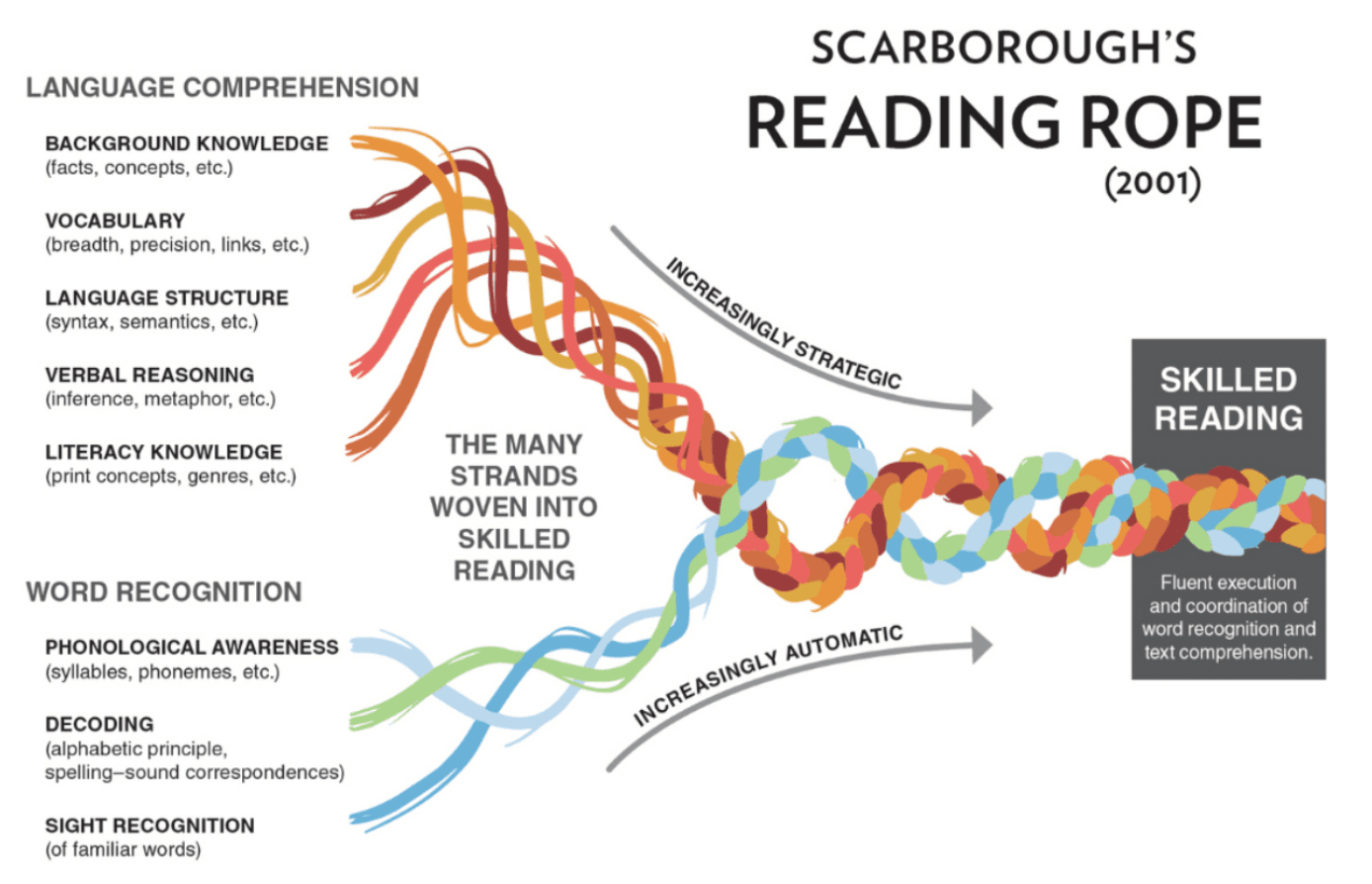
When students read, they use a combination of visual and comprehension strategies to process and construct meaning as they think within, about, and beyond the text, using decoding, fluency, and comprehension strategies (SD 22 Responsive Framework).
Reading Comprehension improves because of reading fluency. Since children are no longer struggling with decoding words, they can devote attention to constructing meaning, while they read the text. Yet, just because readers can decode words does not mean they can comprehend what they have read. As the vocabulary and concept demands increase in text, children need to be able to devote more of their attention to making meaning from text, and increasingly less attention to decoding. If children must devote too much time to decoding words their reading will be slow and laboured, which results in comprehension problems and a lack of desire to read. The whole point of reading is to make meaning of text and to be motivated to do so.
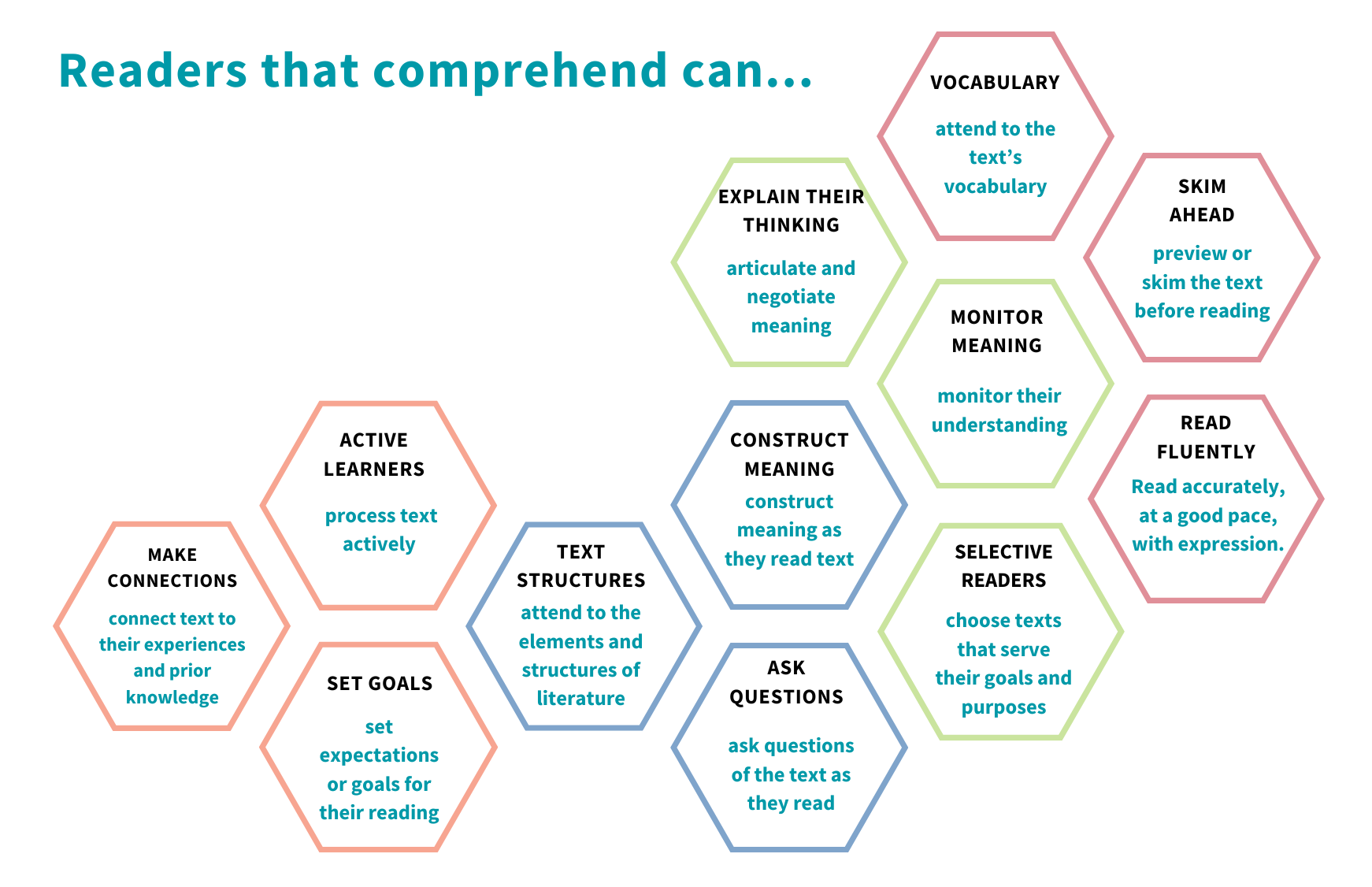
The focus of comprehension instruction should be constructing meaning during the interactive act of reading the words while thinking about the text based on one's funds of knowledge, experiences, identity, location, and contexts (Serafini, 2009). Effective readers read with accuracy, fluency, comprehension, awareness of their thinking, and the ability to articulate what they do while reading to comprehend text.
Comprehension strategies are used to process and construct meaning when thinking within, about, and beyond text. Readers' processing systems grow in complexity overtime and these processes change from learning to read to reading to learn.
Reading comprehension for young learners is a foundational skill that lays the groundwork for their academic success and lifelong learning. It encompasses the ability to understand, interpret, and respond to several types of texts, ranging from simple picture books to more complex narratives. Developing strong reading comprehension skills at an early age not only aids in academic achievement but also fosters critical thinking, vocabulary expansion, and overall cognitive development.
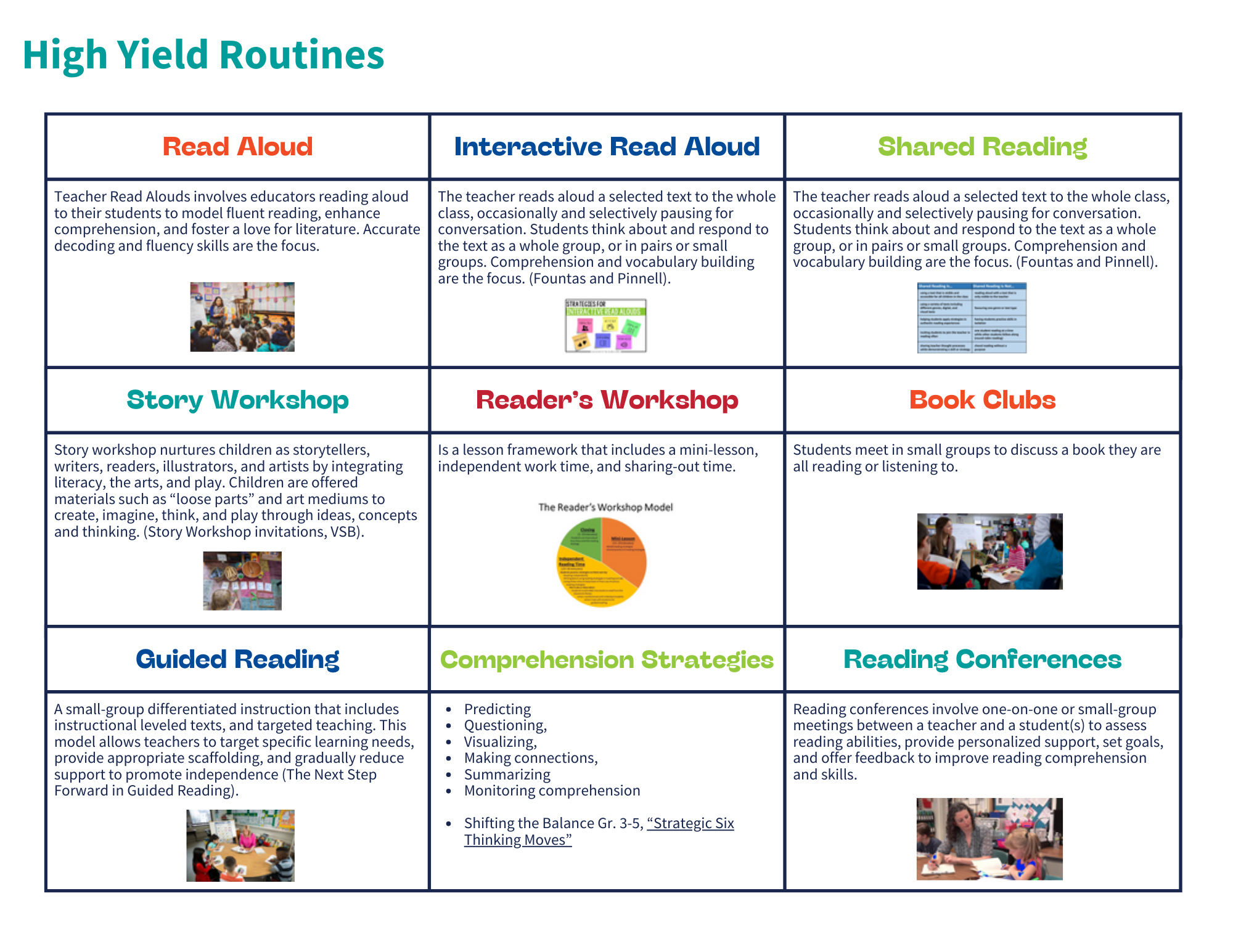
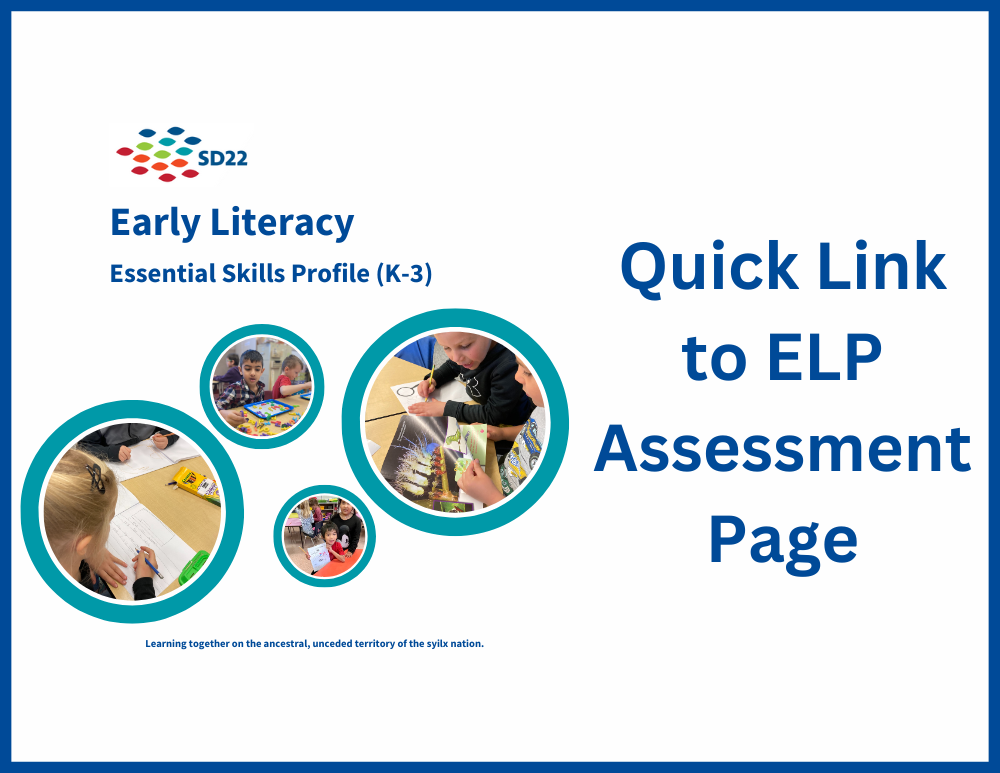
Key Resources: What Informs Us?
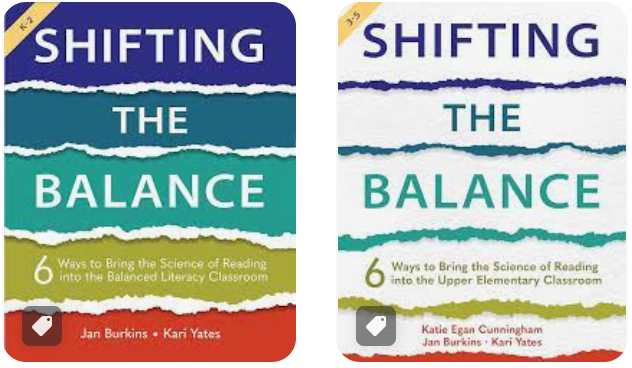 Shifting the Balance K-2 (2021) and Shifting the Balance Gr. 3-5 (2023) | 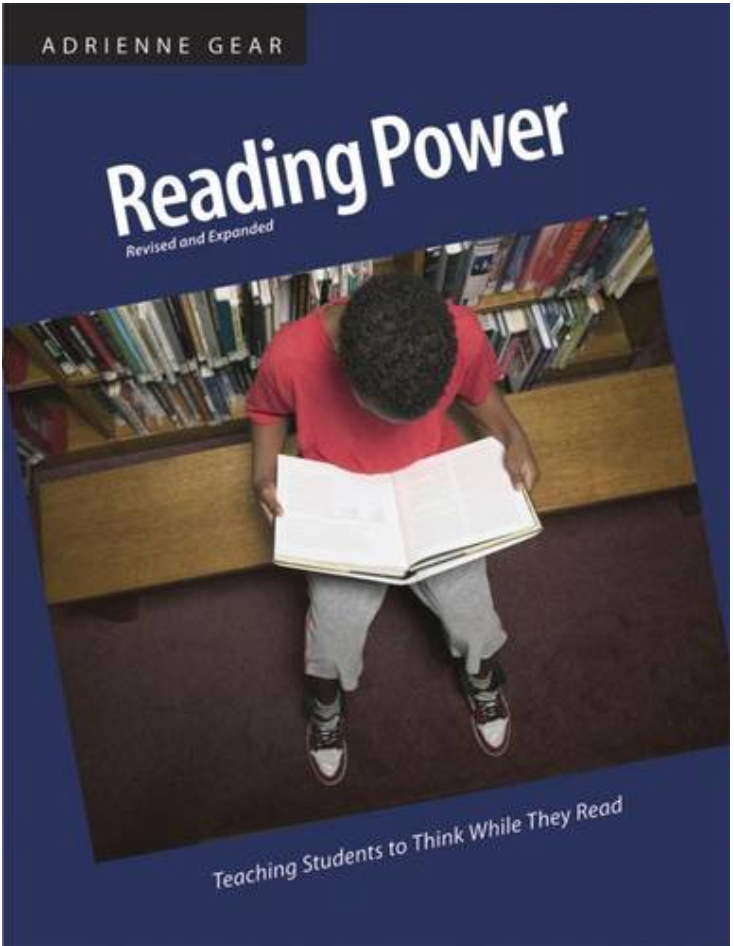 Reading Power (2015), Adrienne Gear
| 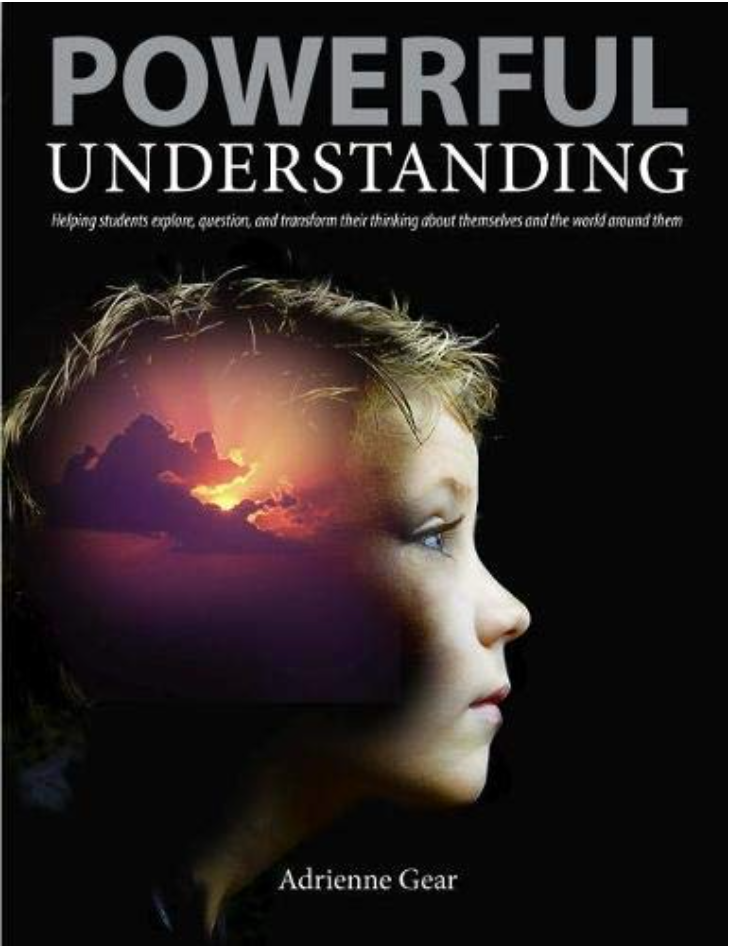 | 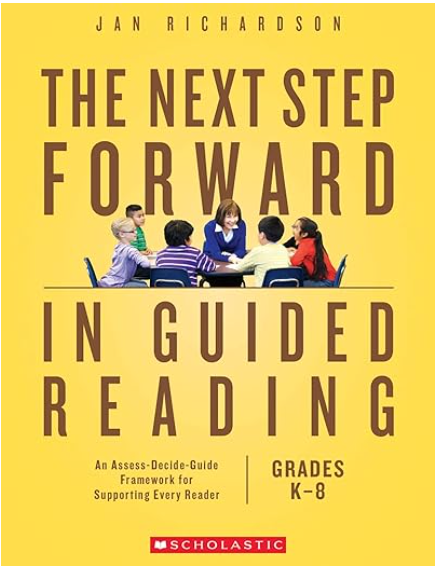 The Next Steps Forward in Guided Reading (2016), Jan Richardson |
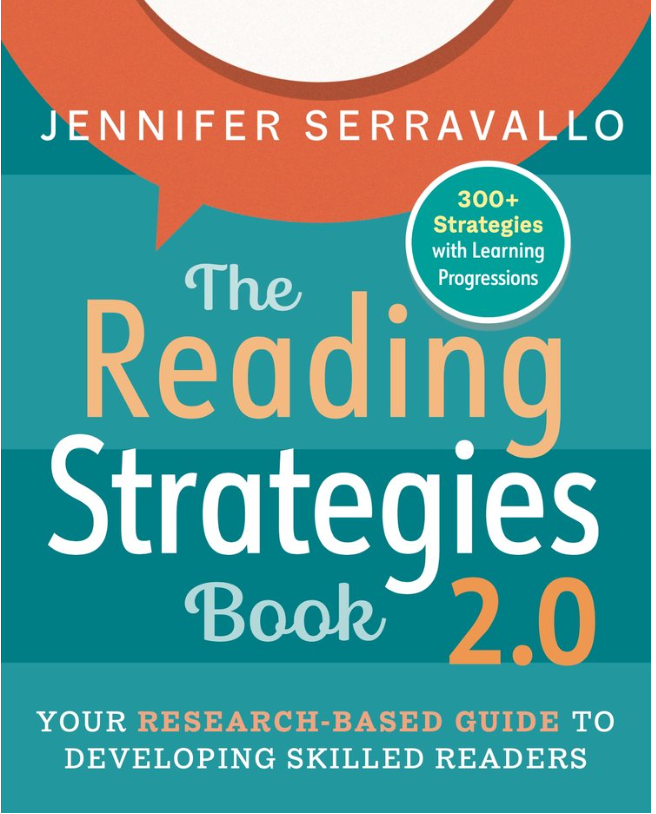 | 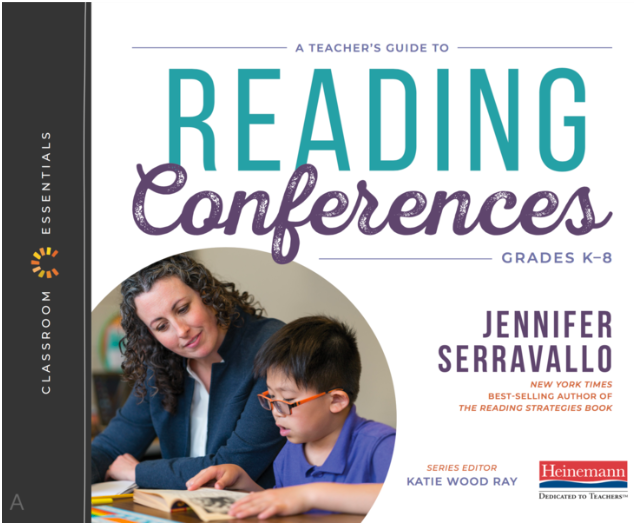 | 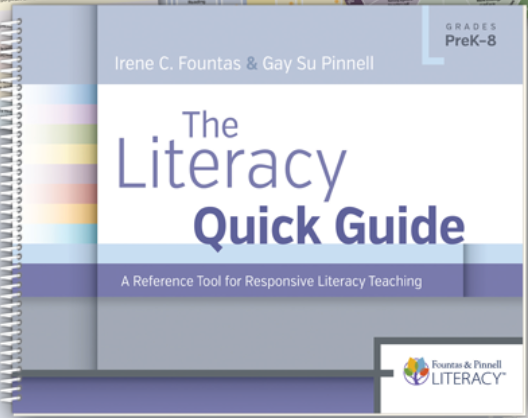 | 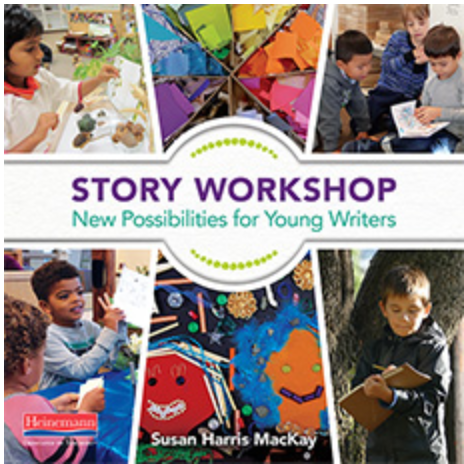 |
Interactive Read Alouds help students build their comprehension and vocabulary skills. 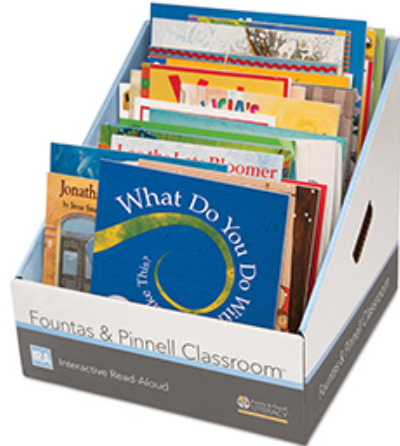 Teachers may reserve books through the District Resource Centre | 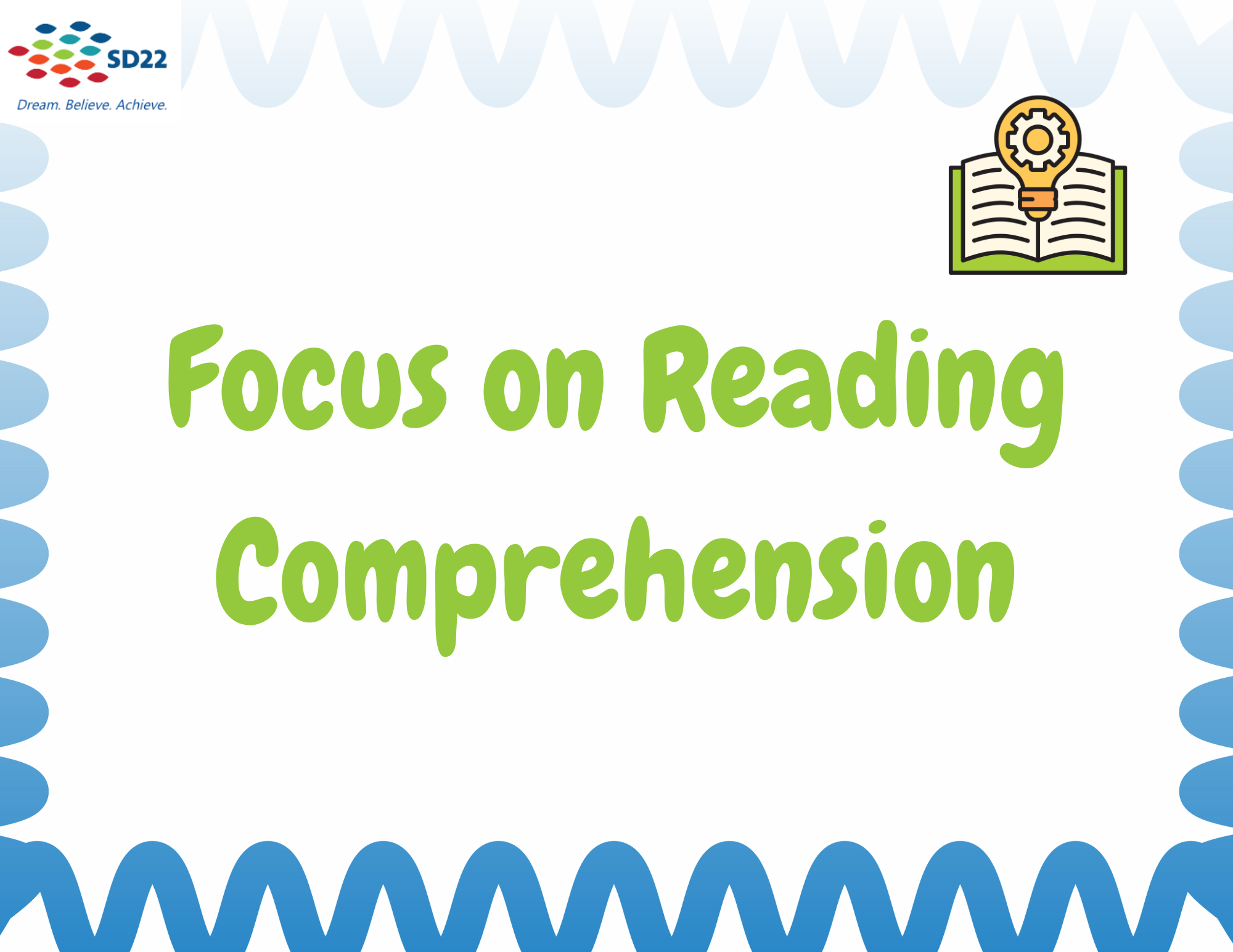 |
Key Resources: What Informs Us? (French Immersion)
Les livres nivelés
- Colline des bleuets (M-3) https://blueberryhillbooks.com/canfr/
- Eaglecrest (M-3) http://eaglecrestbooks.com/collections-french.html
- Clés de lecture https://www.cheneliere.ca/fr/catalogsearch/result/?q=cl%C3%A9s+de+lecture
- Collorissimo https://www.cheneliere.ca/fr/catalogsearch/result/?q=Collorissimo
- Je lis, je lis, littératie (M-3) https://jelis.rkpublishing.com/
- GB+ https://www.cheneliere.ca/fr/catalogsearch/result/?q=GB%2B
- GB+ en action (5-7) (High-Low pour les lecteurs en difficultés) https://vimeo.com/551952464 and https://www.cheneliere.ca/fr/litteratie/lecteurs-intermediaires-et-avances/gb-en-action.html
- Continuum de développement de la lecture M-3 https://curriculum.novascotia.ca/node/651
